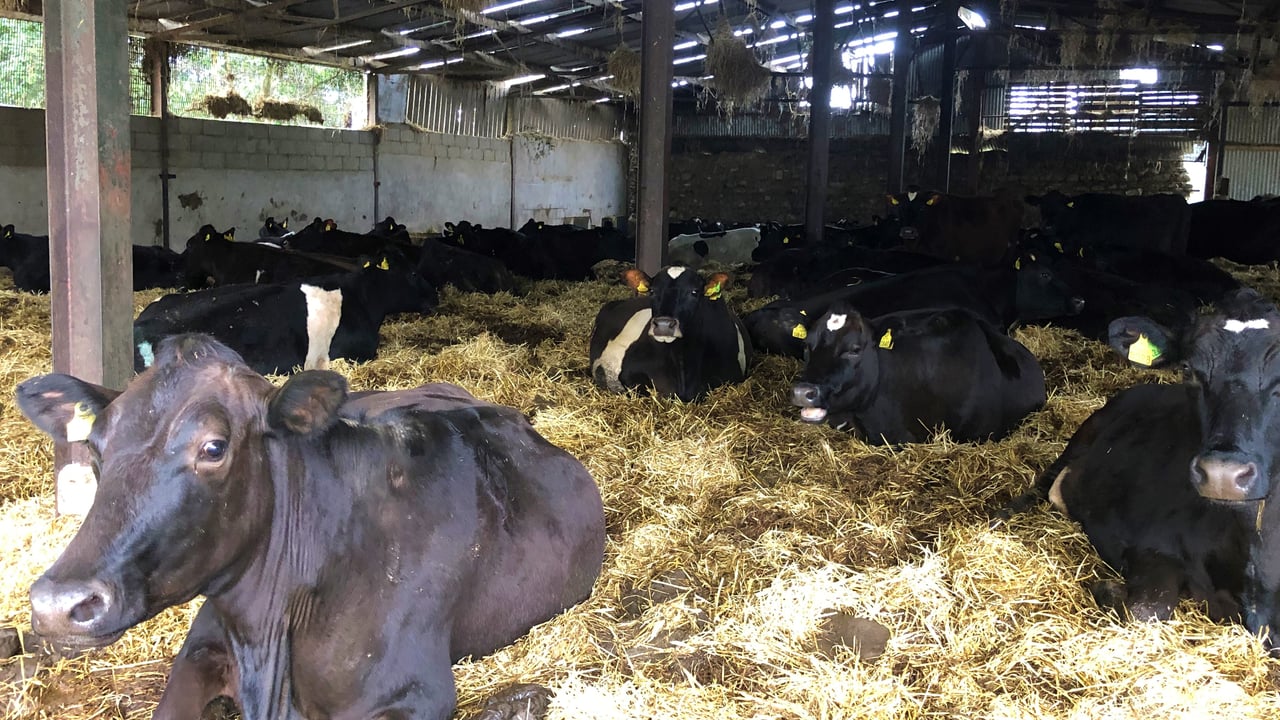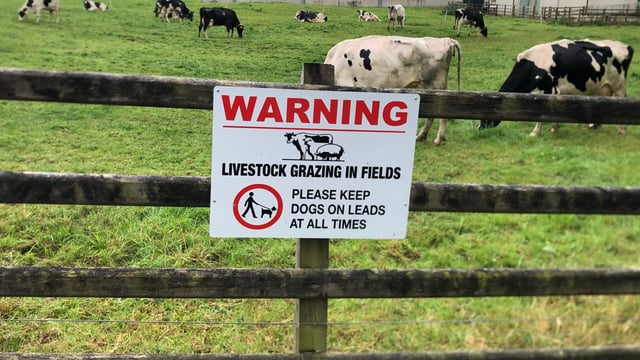Risk of milk fever increasing as peak calving season arrives
With calving season in full swing, the risk of metabolic issues, such as milk fever (hypocalcemia), increases.
There is a strong likelihood that a lot of the younger cows and heifers will calve down first, which means there is a strong focus on getting cows out to grass, managing their dietary requirements, and maximising their dry matter intake.
In general, younger cows and heifers are not at risk when it comes to metabolic issues, but older cows and late calving cows are.
Older cows tend to calve that bit later than younger cows and are, therefore, at risk of getting milk fever, as they put on too much condition due to longer amount of time dry.
At this time of the year, the main focus is on getting cows calved and due to the busy nature of this time, feeding dry cow minerals can be forgotten or overlooked.
It is crucial that dry cows are receiving the correct amount of minerals per cow, which should be about 100–120g/cow.
Dry cow minerals should include at least 22% magnesium and high levels of vitamin D - about 14,000 units plus. Older cows need high levels of vitamin D to prevent milk fever.
Cow health problems from inadequate mineral supplementation include:
- Clinical and subclinical milk fever;
- Ketosis;
- Retained cleanings;
- Low dry matter intake;
- Displaced abomasum;
- Fertility problems.
If dusting minerals on silage, minerals should be offered twice daily (60g/cow in two feeds) to ensure that intake is controlled and that all cows have access to minerals. This is particularly important where feed space is limited.
In addition, trace minerals should not be overlooked as copper, selenium, zinc, and other trace minerals should be fed from at least six weeks pre-calving in order to achieve adequate levels for when the cow is calving down.
Some farmers benefit from running a freshly calved group of cows, with them kept indoors and separated from the milking herd for three to four days until the colostrum period is finished.
This should be continued so freshly calved cows can get extra nutrition and care and once their withdrawal period is up, fresh, high protein grass should become a major part of their diet in spring.
Later calving cows should have their silage restricted to keep body condition score (BCS) under 3.5. If they are already over-conditioned, it may be difficult to rectify, and should be managed and monitored at the point of calving.
If there has been a history of health issues, such as milk fever at calving, the mineral content of your silage should be tested.
High potassium (K) silage can often be the cause of the problem, so the farmer should target a low K silage of less than 2.2% from four weeks pre-calving.
A high calcium bolus with vitamin D is recommended instead of straight calcium bottles under the skin, for the purpose of preventing milk fever at the point of calving.
As cows calve down, they are going to be in a negative energy balance, stressed and vulnerable to metabolic issues. This means that farmers need to maximise their DMI, gradually increase their concentrates, and monitor BCS to ensure there are no health issues.




